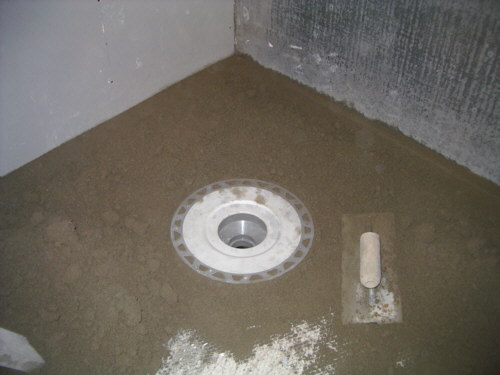The drain is one of the most important parts of the bathroom, specifically in the shower area where water flows on a regular basis. This artificial exit point keeps the surface of the shower area free from any buildup of water, thus keeping it safe for people to use. Make your home a more convenient place to live in by learning how to install a tile shower drain inside the bathroom area.
Materials Needed
Only a few materials are needed before anyone can start with this easy task. These include a PVC cement preparation, PVC cement and a new shower drain. Aside from these items, you also need a drill, a chisel and a hammer at some point during the process of installing the shower drain.
Steps
First, buy a shower drain that will perfectly fit the current system of plumbing. To do this, you need to bring the old drain with you to any nearby hardware store. Before replacing the old drain, you should check first for pipes that are broken or cracked. If black pipe is used in the current system, try to buy rubber adaptors.
Slowly remove the tiles in the area where you wish to put the new drain. Get a chisel and a hammer and then use it to chip off and crack each tile that needs to be removed. Do this slowly so as not to destroy the surrounding tiles. Likewise, you need to have extra tiles with the same design as the rest of the other tiles on the floor of the shower area.
After removing all the tiles necessary to install the drain, get the drill and then use it to create a hole. Be sure to find a spot that is aligned with the current plumbing. When the right size of hole is made, try to smooth out all the rough and uneven edges using sandpaper. By doing this, you are guaranteed that there is no leak later on.
Apply the purple primer into the parts that need to be joined. Wait for about 20 seconds after applying the PVC prep and then put PVC cement on the new drain and the current plumbing. When connecting PVC to a black pipe or rubber pipe, the use of cement glue is necessary.
After putting the drain in place, top it with the drain cap and then put some plumbers caulk. Screw the drain cap tightly in place. When the glue and caulk dry up, try to check if the newly installed drain is working just fine. In case problems occur, make the necessary adjustments accordingly.



